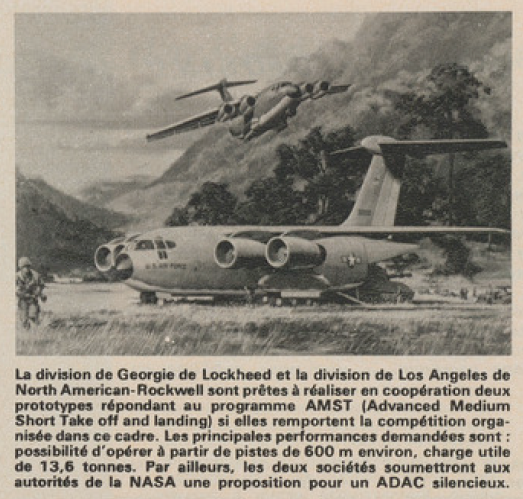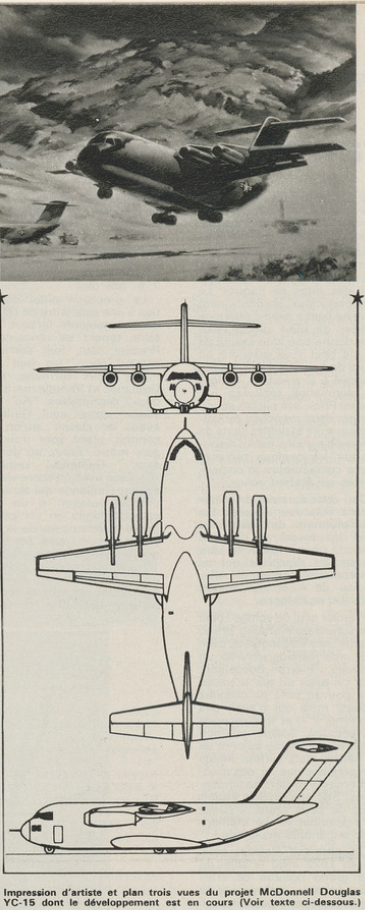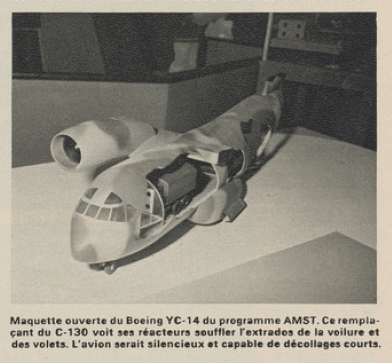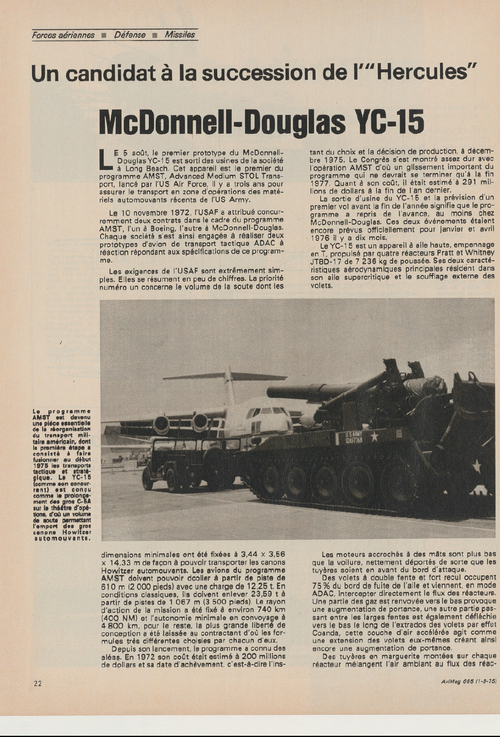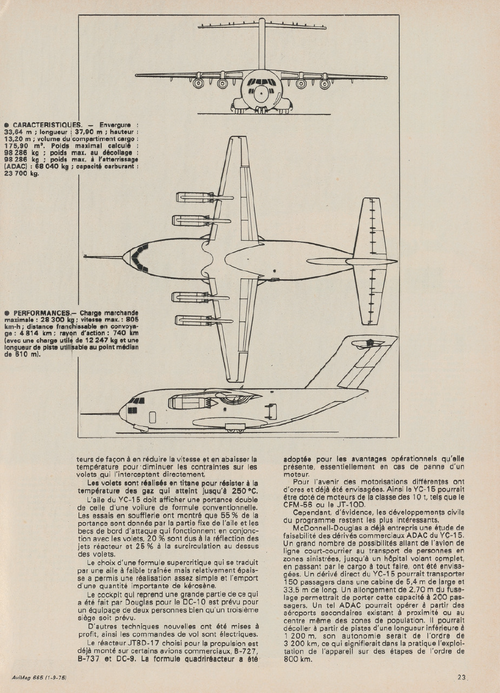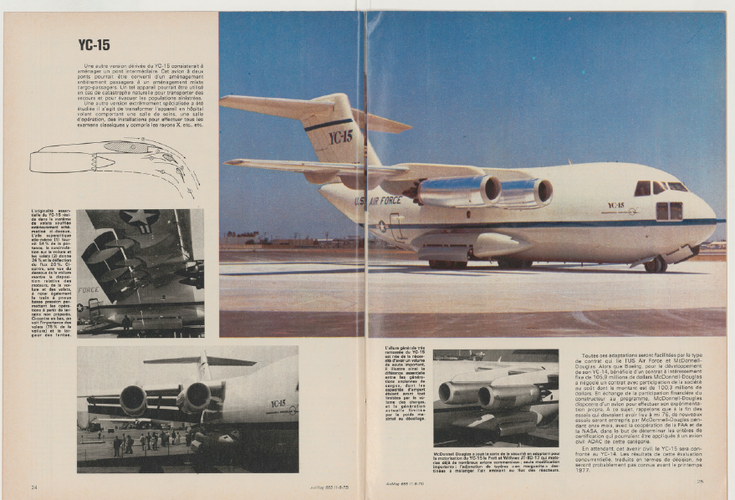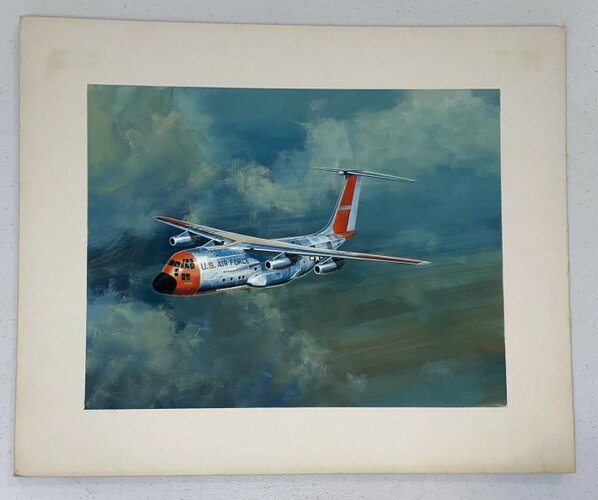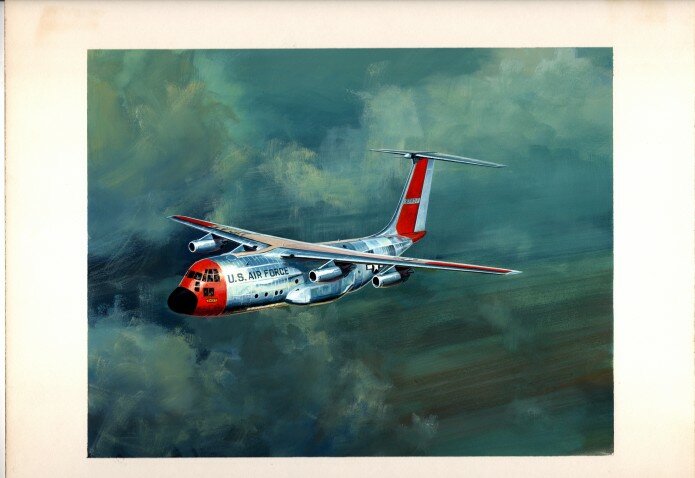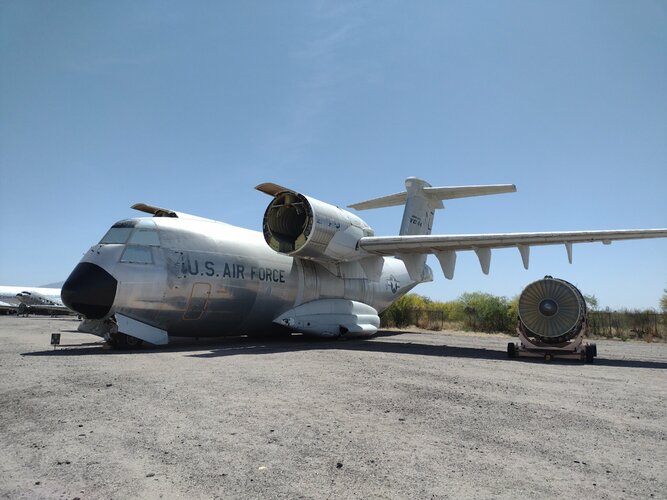They should have gone with four engines above the wing like this: Maybe there would have been a drag penalty though.
Agree!
Regards
Pioneer
There must have been some drawback to adding engines outboard of the existing 2 since it's the obvious approach, assuming that an engine of appropriate thrust was available. 3 engines vs 4 brings savings but I wouldn't think that alone would be sufficient to justify placing an engine in the tail above cargo operations. If we discount the MD-11 as a development of the DC-10, it may have been the last clean-sheet big tri-jet design..

